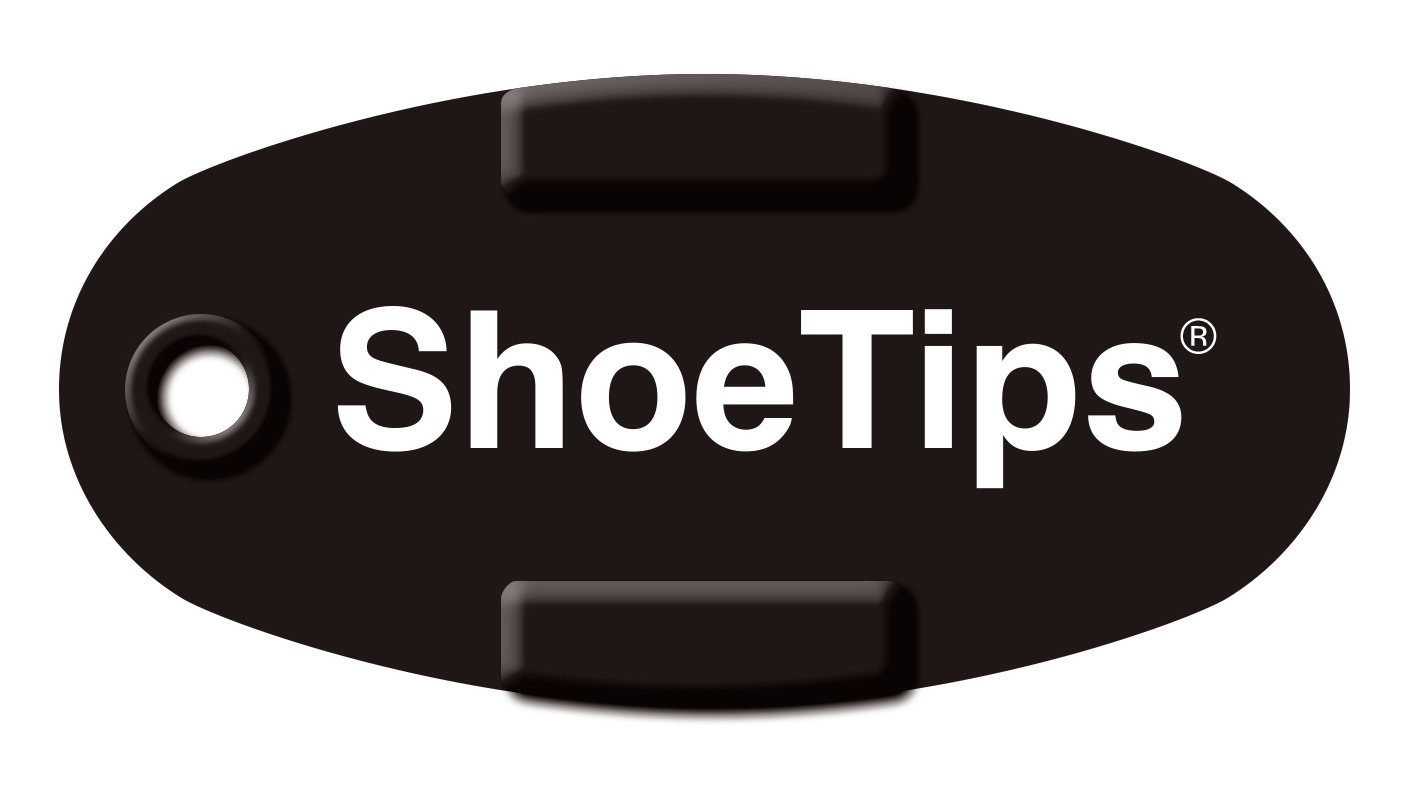How to Enter "The Zone": Mastering the Mental Game of Golf
"The Zone" is an “optimal performance state”, a special “mental” place, where somehow, and for some period of time, conscious thought is suspended, everything flows, and you can do no wrong.
Writing about that mysterious and mythical place athletes (and artists) call “The Zone” is almost as difficult as entering it. Sport Psychologist, Tom Ferraro, Ph.D. calls the pleasure experienced while in the zone “…intrinsically motivating and maybe one of the reasons golfers devote so much time to the game.” If you’ve ever been there, it probably felt “phenomenologically different” from your usual golf game. However fleeting, you want more!!
So what’s the zone and how can golfers find it? Let’s explore Dr. Ferraro’s excellent 1999 article, The Zone and Golf for answers.
Entrance to the zone is characterized by five key features and processes:
1. Confidence - Confidence requires self-esteem. It happens when you match your expectations with actual performance. You feel relaxed and expect that your next shot will be good. It’s “often triggered by a series of good shots” and it’s ephemeral. If you start shooting well, are able to “manage the excitement and remain calm”, you’ve taken “the first, and perhaps most crucial, step to entering the zone”. Confidence leads naturally to positive visualization—imagining your next shot in vivid detail and maintaining this vision during your swing.
2. Focus - The intensity of your positive, non-verbal focus—the degree to which your attention is fully absorbed in the task at hand, also plays a key role in entering the zone. “…being in the zone is like being in harmony with the universe, where the mind and body become one.” It’s like the Zen concept “mushin”, literally “no mind”—when an athlete is focused entirely on the present and not preoccupied with conscious thought, judgment, or emotion. Most golfers think too much! Letting go of conscious thoughts and focusing on the deep connection between mind and body earns one admission to the zone.
3. Pleasure - When you’re “in the zone” you’re experiencing joy and pleasure; you feel motivated and proud. The more a golfer relies on his/her visual and body sensations, as opposed to verbal skills, the more pleasure they find, the better they perform, the calmer they feel, and the closer they come to entering the zone. Ask yourself if you’re having fun, and if you’re not, take in the beauty of your natural surroundings, breathe more deeply, get in touch with your body sensations (and out of your head). “…any exercise that takes [golfers] out of their intellect and into their bodies is useful for performance.”
4. Relaxation - Here’s a bit of irony: playing with confidence produces both lower scores AND anxiety! Wild, but true. So what’s the trick to staying relaxed, no matter how well you’re playing? Because remaining in the zone depends on your ability to stay calm, a bit of visual imagery can help. When you become aware of an anxiety-producing thought, imagine placing it in a little basket behind you, attached to a 10 foot rope. Imagine taking any and all negative and scary thoughts that enter your mind and tossing them into this basket. Poof, they’re gone!
5. Excitation - And another bit of irony: just as being calm is a requirement for entering the zone, so is feeling excitement and maintaining a level of intensity. How do you manage your excitement and remain calm when you’re about to beat an opponent or best a personal record?
Check out this first person account of what can happen when you're in the zone, by Mike Purkey, who has written about golf for more than 30 years for a number of publications, including Golf Magazine and Global Golf Post.
Trainers encourage a technique that’s tough for most amateurs, but worth considering: limit verbal interactions with your fellow golfers, let their chatter drift away, remain silent if you can, and avoid getting involved in distracting conversations.
Use ShoeTips’ Six Swing Thoughts That Relate to “Feel” To Help You Enter The Zone:
“Soft Hands” reminds you to bring your attention to the tension in your hands, arms, and shoulders so you can dial it down.
“Tempo” helps you focus on your natural rhythm, so you maintain a uniform pace throughout your swing.
“Balance” encourages you to feel a low center of gravity and a grounded centered stance.
“Smooth” suggests that you visualize a controlled swing that’s free of tension and abrupt movement.
“Posture”, is about remembering to begin your swing from a relaxed, comfortable, well-balanced and athletic stance. And…
“Feel” prompts you to take a comfortable practice swing, with no thought to mechanics. This is the swing you’ll reproduce to make the shot you imagine.
North Ireland pro golfer Graeme McDowell, who was clearly in the zone when he won the 2010 US Open says:
“You turn off your mind. You feel your golf swing without really thinking about it. It’s almost like you don’t think at all. Maybe you have one little thought, and everything else becomes automatic.”






